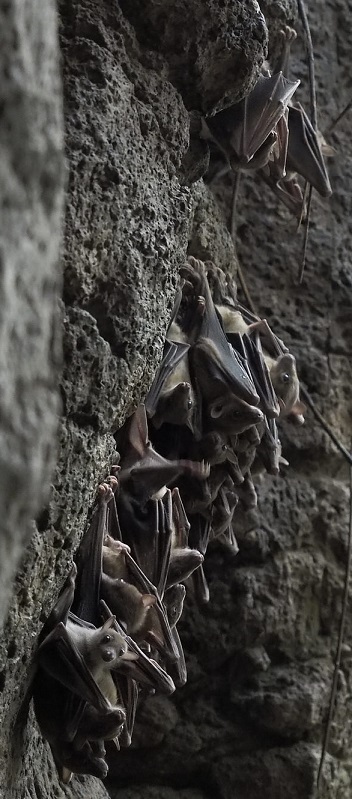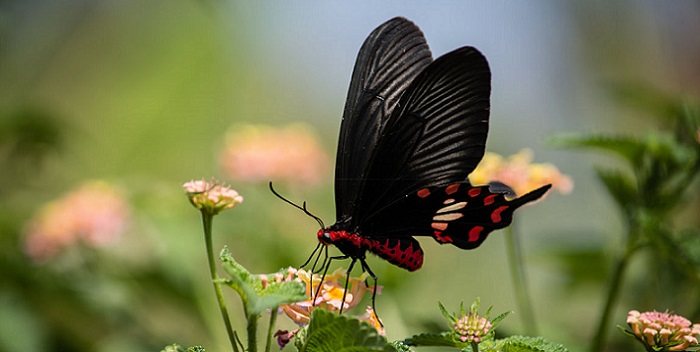Cavefish Blood Sugar
Blind cavefish have a genetic mutation that gives them high blood sugar, yet they suffer no ill effects.

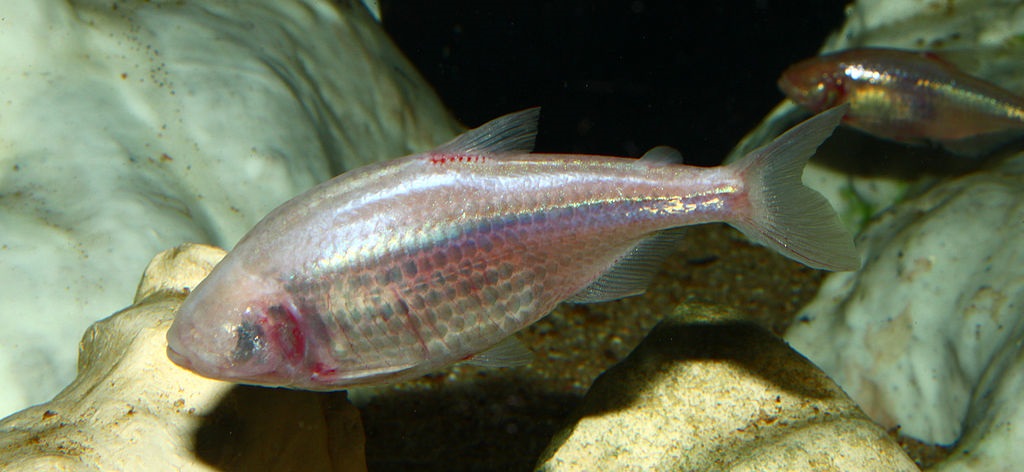
Blind cavefish have a genetic mutation that gives them high blood sugar, yet they suffer no ill effects.
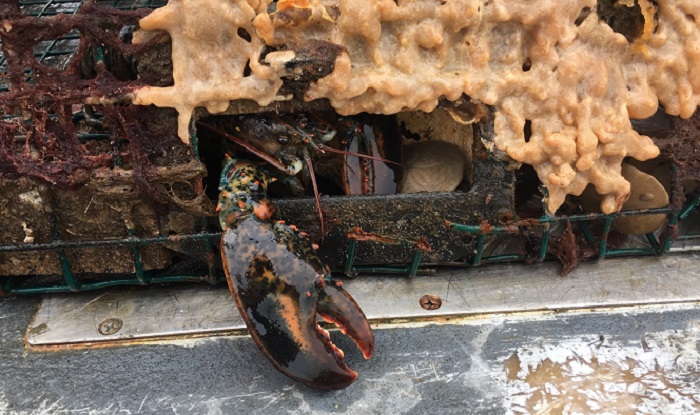
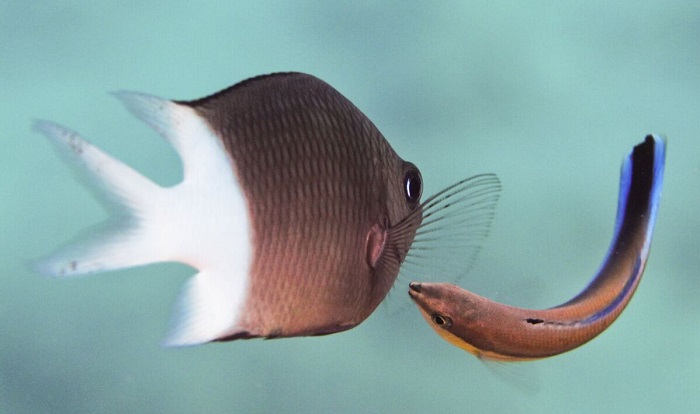
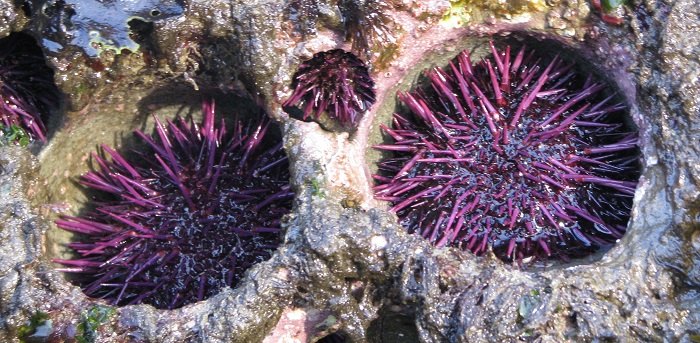

Structures in shark skin could inspire improved aerodynamics in drones and wind turbines.
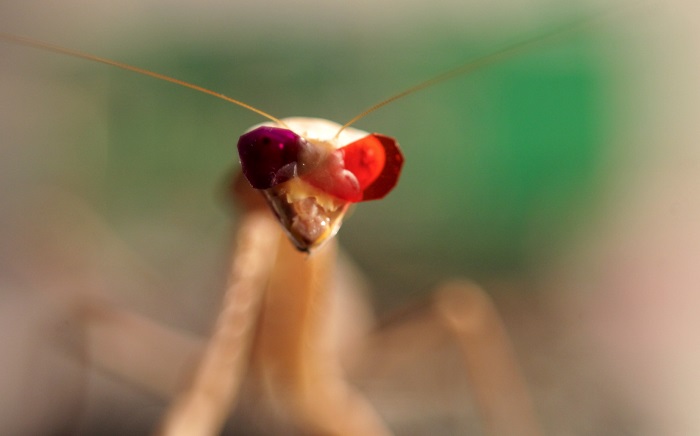
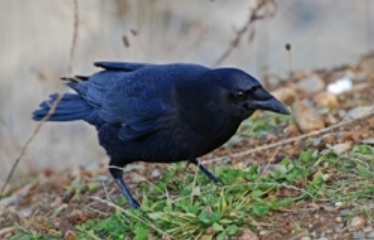
HUMANS AND ANIMALS - Encore Edition - The origins of ancient house cats in China. Crows that hold grudges. And, how global warming is creating a new breed of Arctic explorers - of the avian variety. Also: the lengths squirrels will go to to hide their nuts.
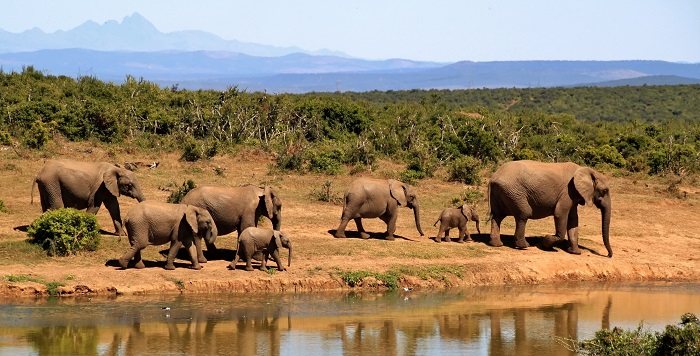
Researchers attempt to inventory all of the insects and other creepy crawlies in people’s homes for the first time.
Elephants, unlike mammals much more similar to us, seem to instinctively understand pointing gestures.
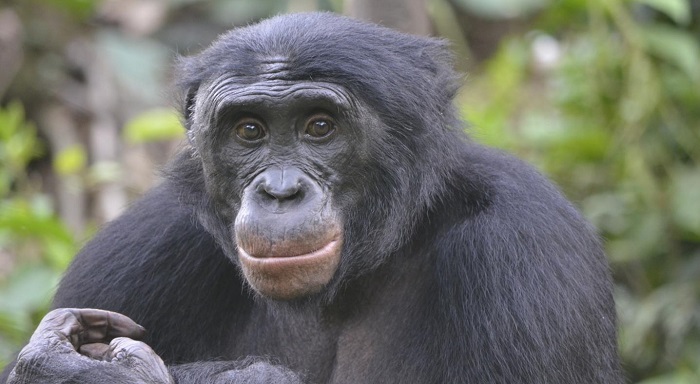
One of our closest relatives, the bonobos, may have very different attitudes toward altruistic behavior in others.
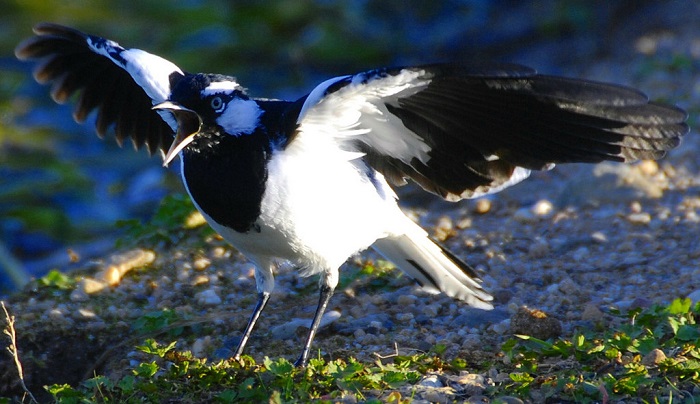
Robotic birds help reveal which aspects of a pair’s coordinated song and dance are most important to an avian audience.
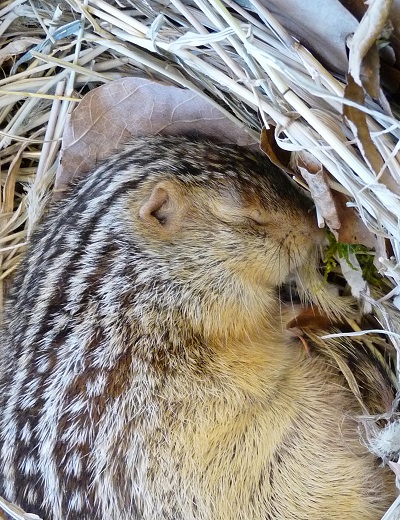
Some rodents have an impaired ability to sense the cold, allowing them to hibernate in winter.
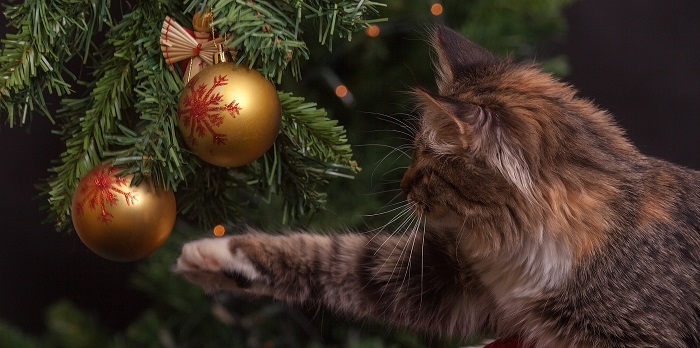
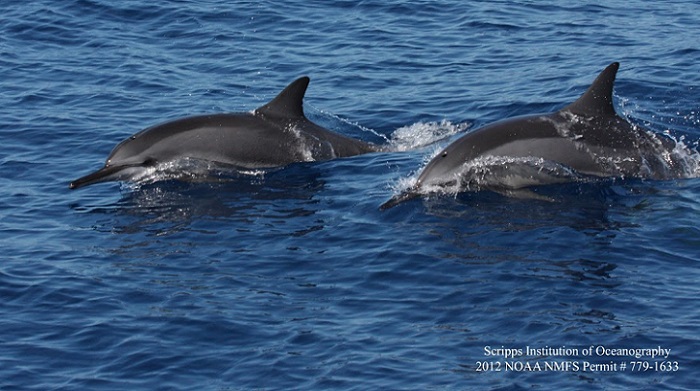
Machine learning algorithms like those used by social media companies can classify dolphin echolocation clicks.
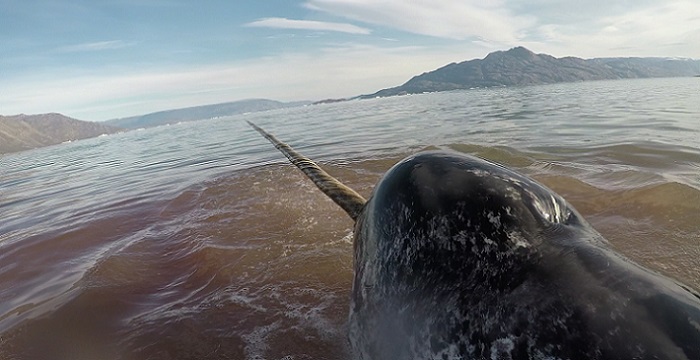
These mysterious single-tusked denizens of the Arctic have a paradoxical response to danger.
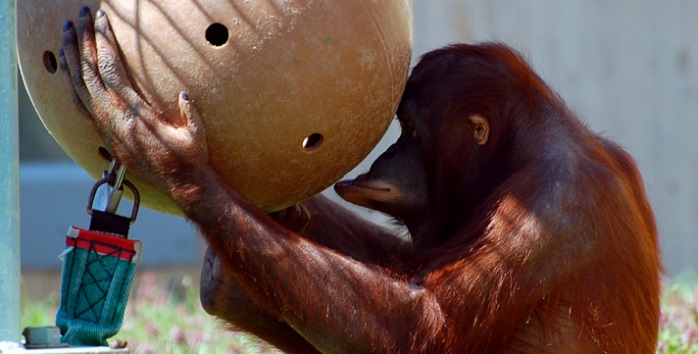
Orangutans living in captivity are much more curious than their wild counterparts.
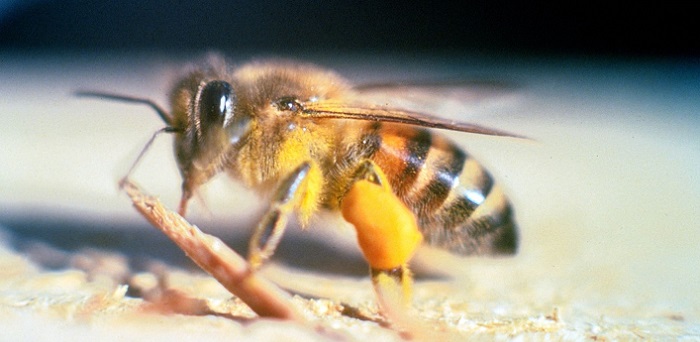
Africanized “killer” honeybees in Central and South America are known for their bellicose nature. But not in Puerto Rico.

Mammoths that left remains in Siberia were overwhelmingly male. Scientists want to know why.
